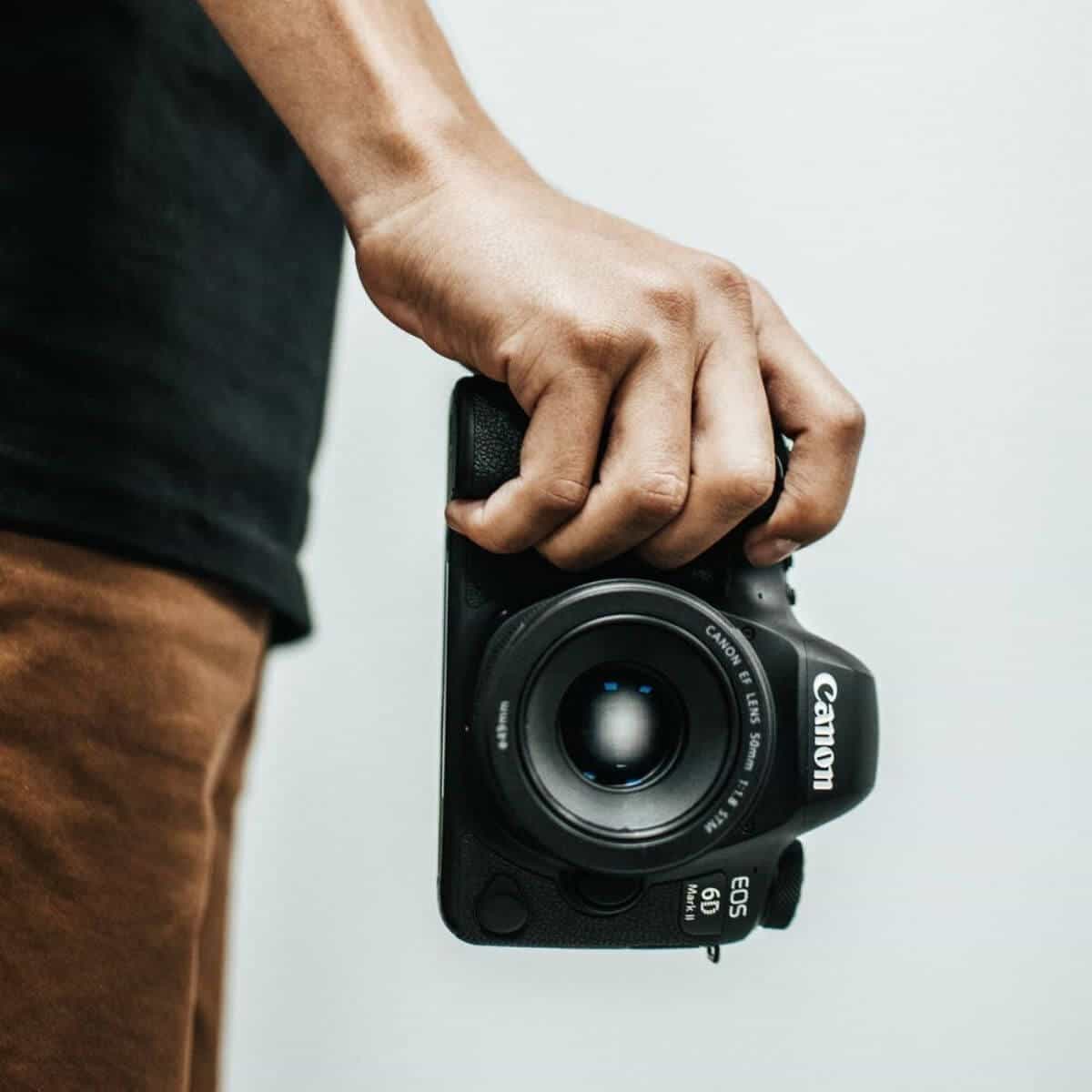Megapixels (MP) measure the resolution of a digital camera and controls how much detail your camera’s image sensor can capture.

What are megapixels?
A megapixel (MP) is the term used to describe 1 million pixels. A pixel is a single point in an image, which is usually a tiny square. By combining all of the pixels, you have the image.
Related: What’s a CR2 file?
When you’re looking for a camera, megapixels is one of the many important features to look at because it’ll tell you the resolution.
For example, a 15-megapixel (15MP) camera would have about 15 million total pixels or small squares of information.
The resolution of a camera will vary. Generally, the higher the resolution, the higher the price.
Related: 10 best apps to fix blurry photos
For example, the Sony a6000 is around $600 and has a resolution of 24.3MP, while the Hasselblad H6D-100c has a resolution of 100MP and costs just under $33,000.
Related: 11 ways to take better indoor natural light photos
Although more information is better, unless you’re selling large prints, you may not need an extremely high-resolution camera, like the Hasselblad.
How does it affect an image?
More megapixels means the image will have greater detail. The result is that the file size is also larger, which means it takes up more storage space.
Having a high MP camera is important when it comes to zooming in or cropping the image. When you have a high-resolution image sensor, you can blow up an image while retaining the quality and detail.
If you use a low-resolution camera and zoom in, you’ll notice the image quality won’t be as good. It’ll be pixelated, and the pixels won’t be accurate, meaning the color will be off.
Related article: The complete guide to kelvin in photography
The benefit of lower-resolution image sensors is that it saves space. If you’re mainly posting images online or on social media, you won’t need a high-resolution camera because it’ll never be published at that high level of quality.
Cameras with a high number of megapixels have the following benefits:
- Better low-light performance.
- Greater dynamic range.
- Less image noise.
- Images appear sharper.
With a larger sensor size, the camera may be heavier because it can require a larger lens or camera body to house the sensor.
Conclusion
While more megapixels is better when it comes to details, it’s not a requirement to take great photos. You can take excellent photos with cameras that have 20 to 30 megapixels. Focus on composition, and other photography techniques.
If you’re a photographer who sells large prints, you may want to consider a high-megapixel camera. Otherwise, it’s something that’s nice to have.
Featured image courtesy of Pexels.
